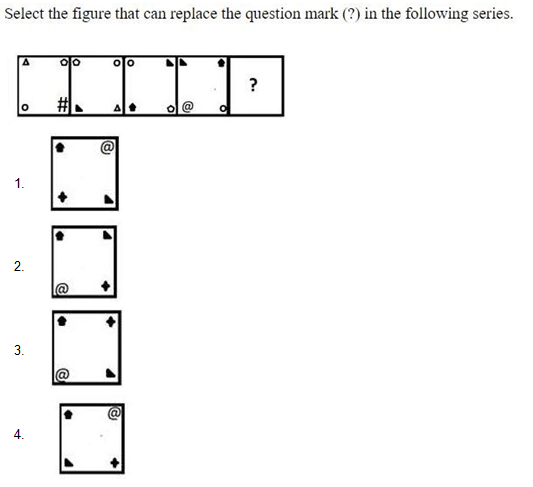Question
Consider the following statements: 1. The
Prime Minister of India is the head of the government of India. 2. The Prime Minister shall be appointed by the president. Which of the statements given above is/are correct?Solution
The prime minister of India is the head of government and has the responsibility for executive power. The president's constitutional duty is to preserve, protect and defend the Constitution and the law per article 60. The prime minister is appointed by the president of India; however, the prime minister has to enjoy the confidence of the majority of Lok Sabha members, who are directly elected every five years, lest the prime minister shall resign.
In a certain code, VANILLA is written as XXPFNIC. How is CARPENTER written in that code?
If all the symbols are replaced by alphabet 'A' then what is the total number of vowels in the given series?
@ A H I E % J $ F E # H % I @ H < A J
Four of the following five are alike in a certain way based on the given arrangement and thus form a group. Which is the one that does not belong to tha...
Six boxes P, Q, R, S, T and U are kept one above another. The bottommost box is numbered as 1 and the topmost box is numbered as 6. P is three boxes bel...
Select the option that represents the letters that when placed from left to right in the blanks below will complete the given letter series.
E G ...

Select the option that is related to the third term in the same way as the second term is related to the first term and the sixth term is related to the...
Two statements are given below and they are labelled as Assertion (A) and Reason (R).
Assertion (A):
Graphite is used in designing of carb...
Select the option in which the numbers share the same relationship as that shared by the number in the set given below.
(440, 229, 422)
Which among the following words cannot be formed using the letters of the given word only once?
INTEGRAL


